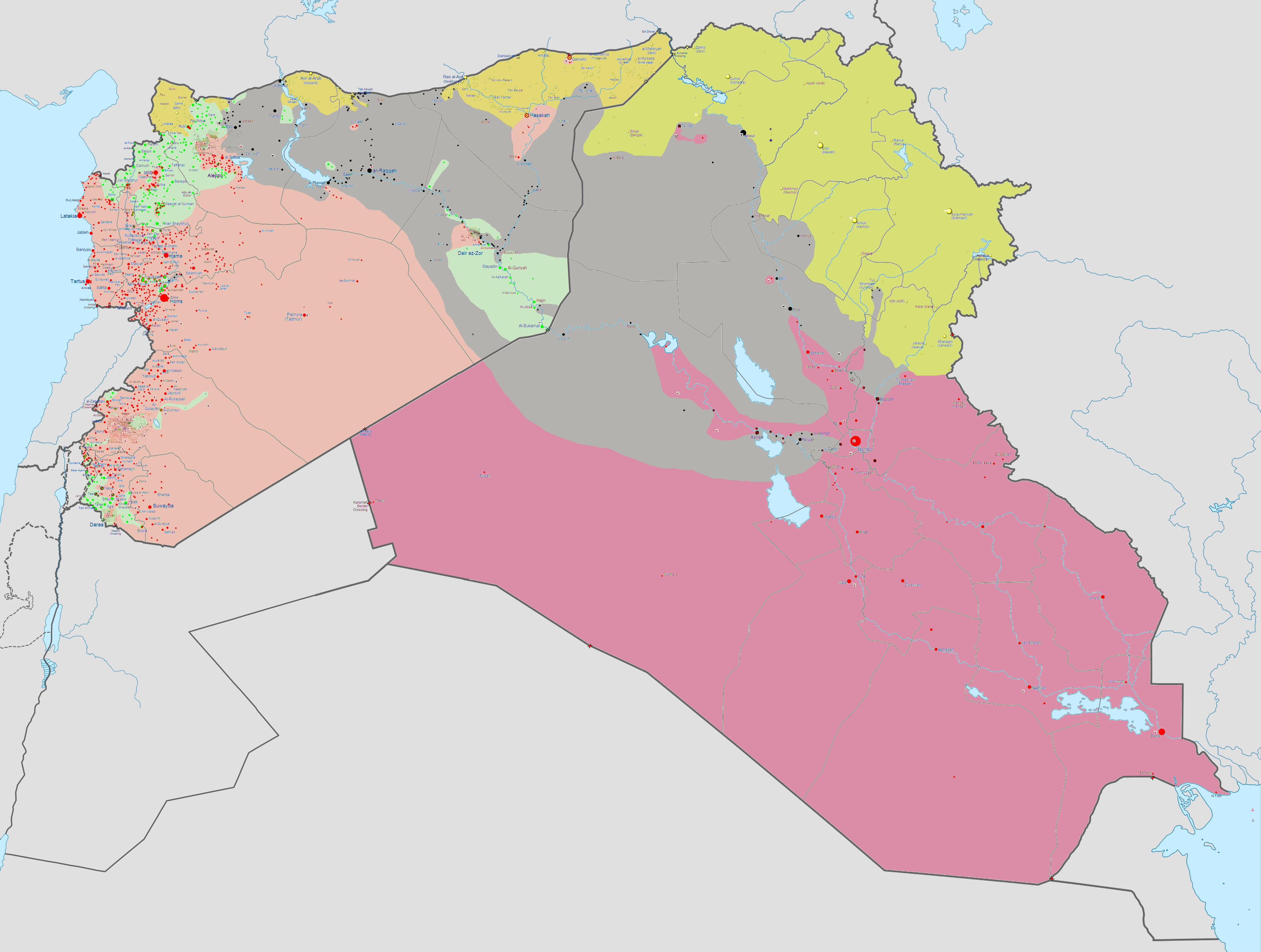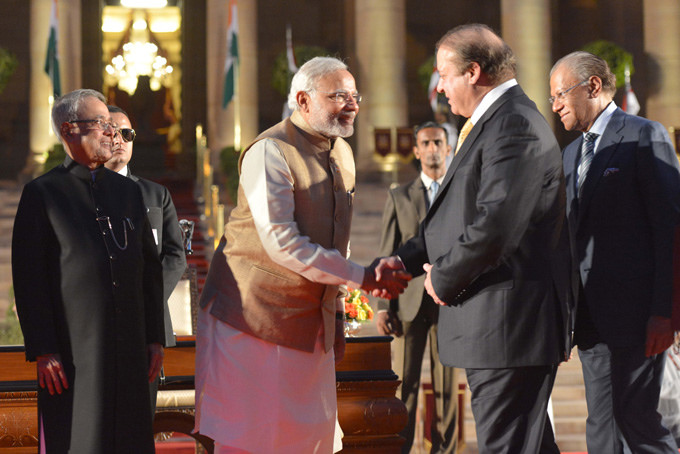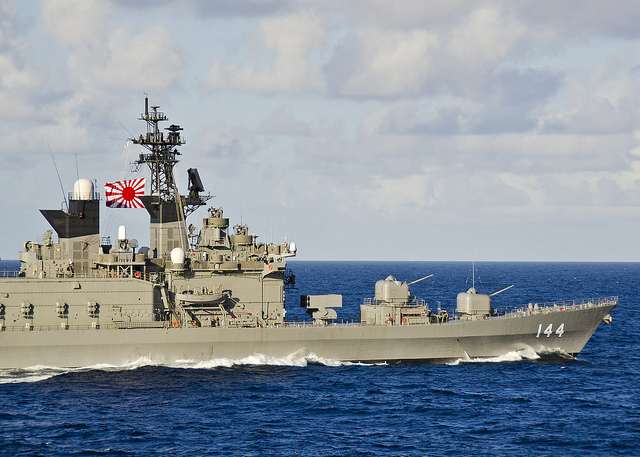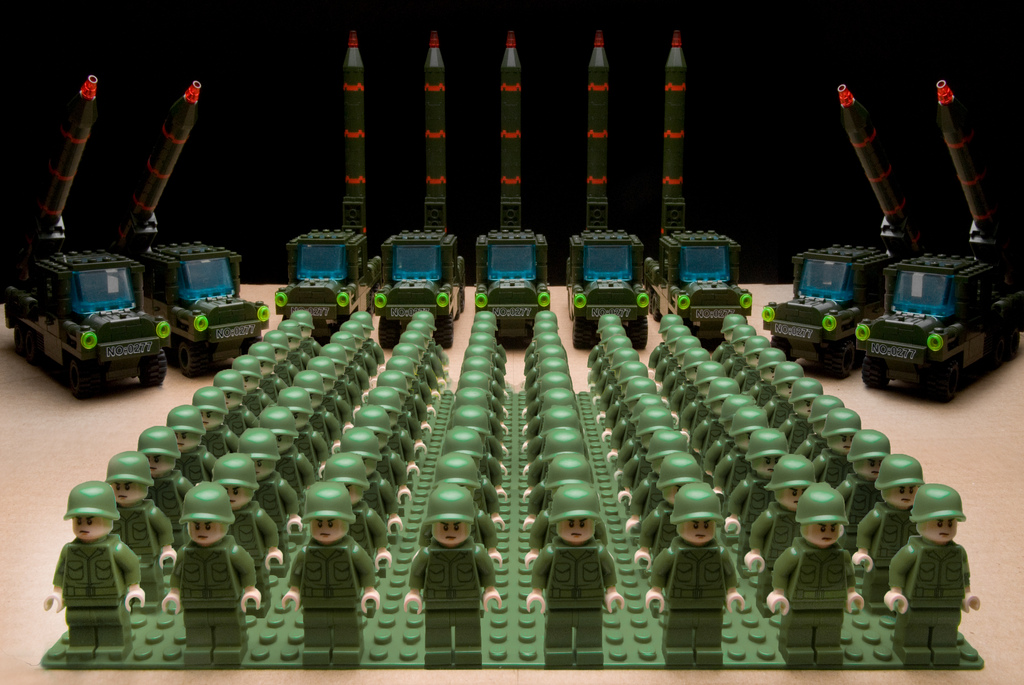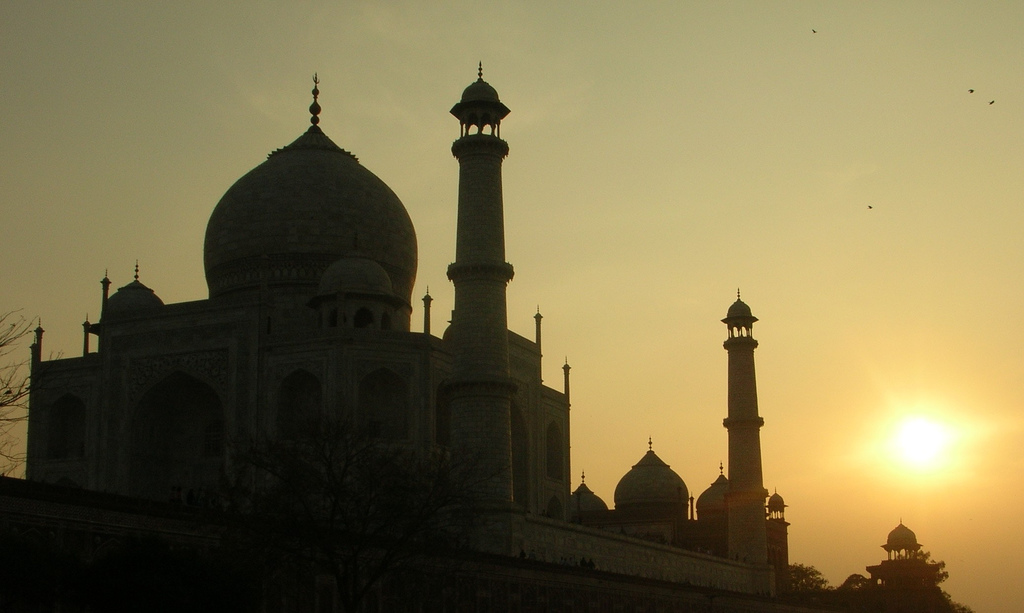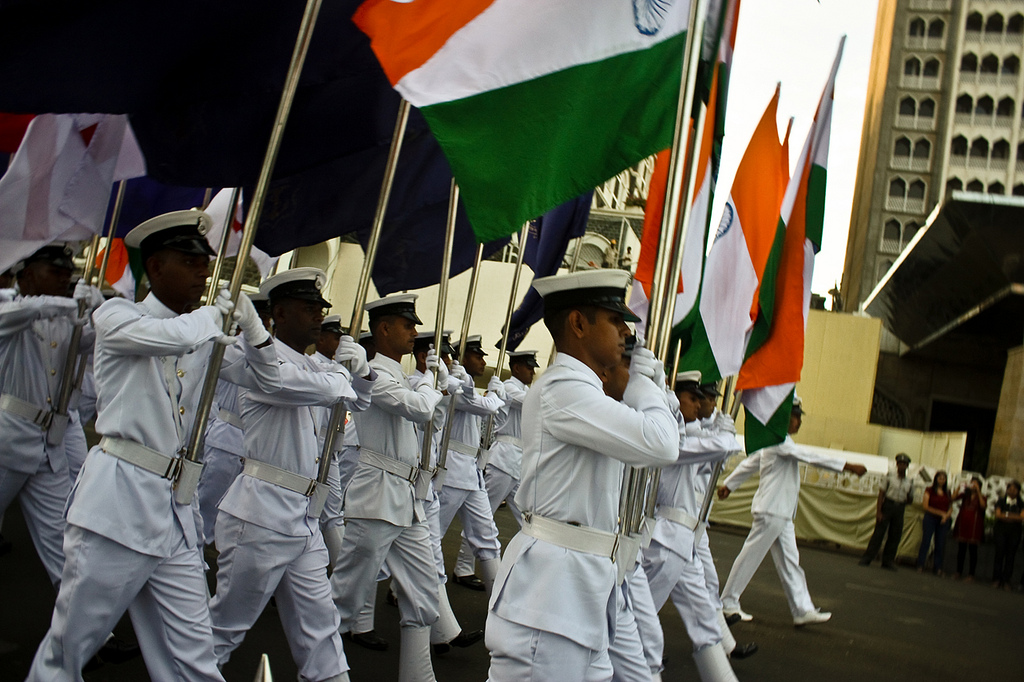Mr Abbott goes to India
When Prime Minister Abbott visits India in early September he should follow a simple rule: don’t talk about regional power politics, focus instead on India’s plans for economic development. A recent article suggested that India and Australia might collaborate as middle powers (along with other interested states) to contain China. For a couple of reasons, that’s a bad idea. First, as ASPI’s Peter Jennings has pointed out, India walks alone in its foreign policy—it’s not ready to get entangled in anti-Chinese coalitions. The idea of a ‘tsunami coalition’ of the United States, Japan, India, and Australia has been around for a while. But the Indians have always backed away from entering a coalition that would serve the purpose of containing China. Second, the Chinese President, Xi Jinping, is visiting India later in September and India’s Prime Minister, Narendra Modi, is keen on getting Chinese assistance in kick-starting his ambitious development plan for India. Talk of anti-Chinese coalitions won’t go down well in either New Delhi or Beijing.
But when the talk shifts to economic development, Abbott has a lot to offer India apart from uranium. While Modi has a majority in the union parliament, he doesn’t have control over a sufficient number of state governments to successfully implement his most ambitious economic plans. The Indian parliament, however, can easily move legislation on aviation, railways, defense, infrastructure, energy, insurance, banking, healthcare, education, and tourism. Modi has already increased the amount of foreign investment in defence, the railways, insurance, and aviation. More of the sectors listed above will be opened up to foreign investment and Australia is competitive in many of those areas. Read more


